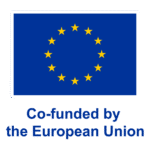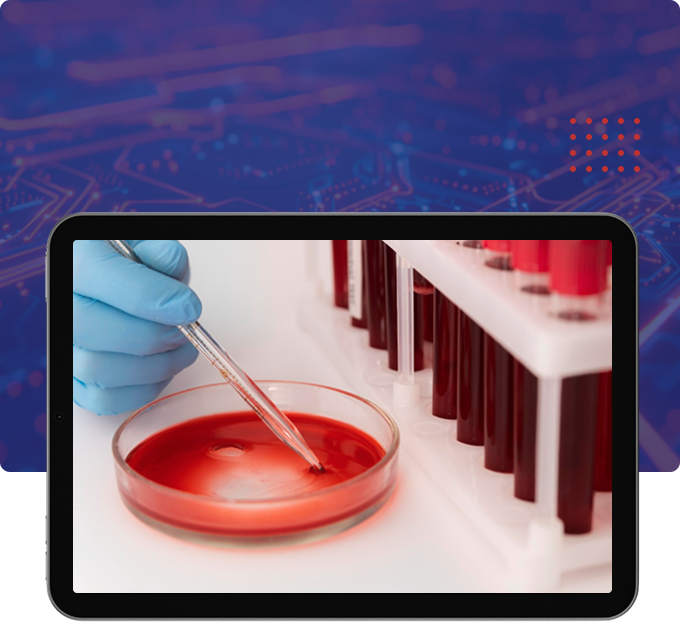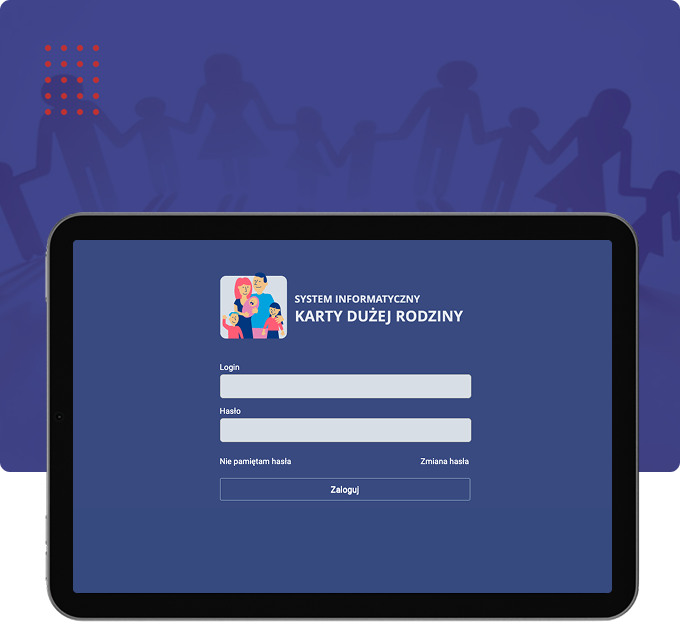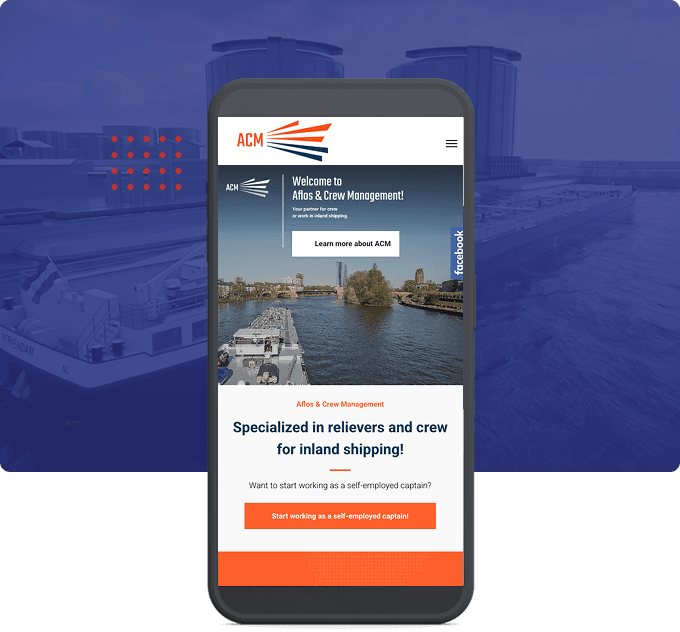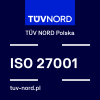The area of activity of the e-Health Centre (CeZ) is the development of health care information systems. The National Health Fund (NFZ) is a state-run universal health care system.

What was the business need?
24 facilities (Regional Blood Donation and Hemorrhage Centers) used several different systems for daily operations. They did not exchange information with each other and had many non-standardized processes and dictionaries.
Each facility was tasked with managing information on people who donated blood and underwent laboratory testing. In addition, they had to keep records of blood samples and materials collected (donated to hospitals). The law requires employees of the Centers to create and store such information. However, with each facility having an individual system, data often gets lost, duplicated, or impossible to verify.
Another obstacle to proper functioning was the fact that information on donors or patients were not properly completed, often fudged, and did not have a standardized structure. This caused a lack of central reports and a disorder in hospitals, making it impossible in critical situations to verify inventories and order blood for patients in need.
The client needed a solution that would integrate all the systems of the 24 facilities into one central IT unit that would oversee the flow of information and make data available to all Centers.
What was the challenge?
Operations on multi-million-dollar datasets (more than 6 million records) and great responsibility in transforming personal and medical data.
The information stored in the facilities had been a permanent part of the databases
for more than 20 years. The first task was to gather data from various systems and databases, which, as it turned out, had no fixed structure. Some databases were also encrypted, making the job more difficult and lengthy.
It was necessary to integrate with the data provider and develop a process for extracting and decrypting the data.
Since the current systems were not working properly, blood donor or patient data had no validation. Names, phone numbers, addresses, or PESEL numbers were impossible to verify.
The biggest challenge was sorting out the data relevant to the Polish health service. Incorrect blood markings, phenotypes, or migration errors could cause catastrophic consequences for patients waiting for help.
